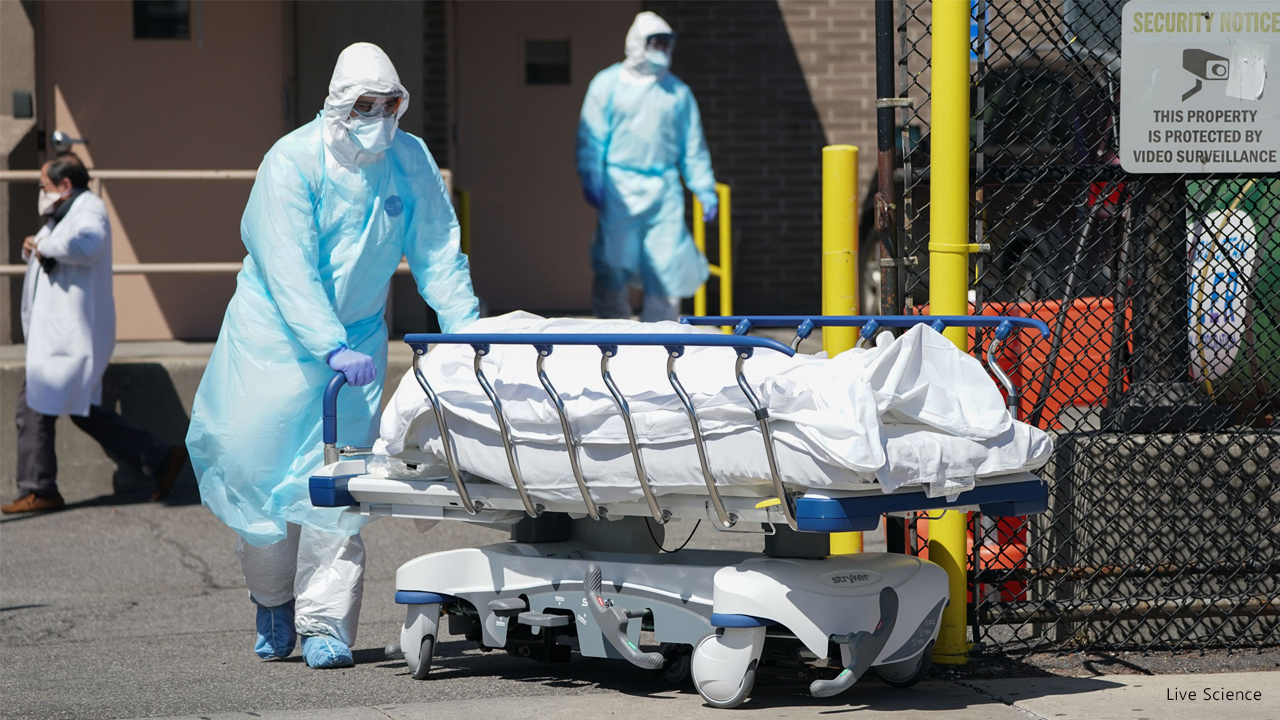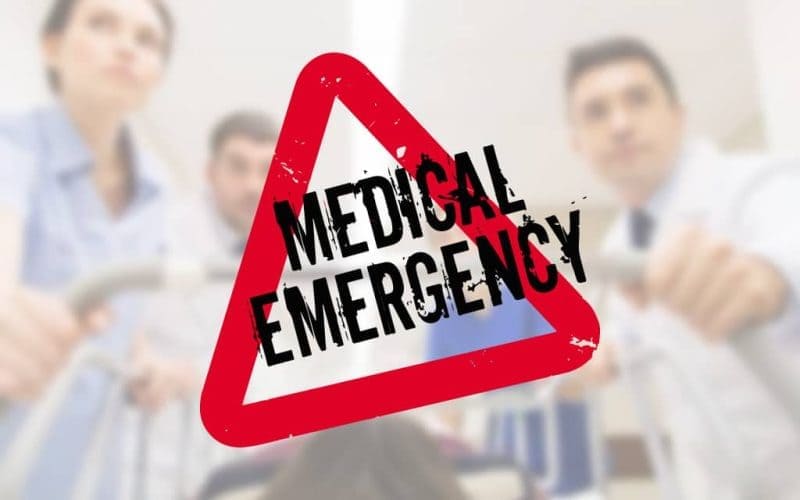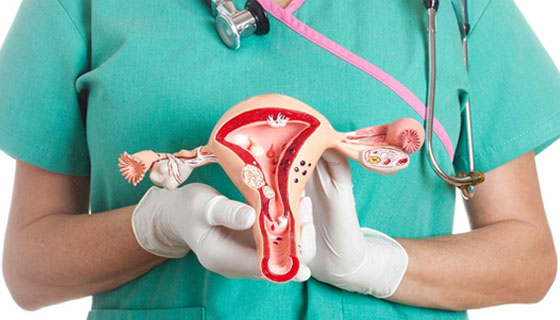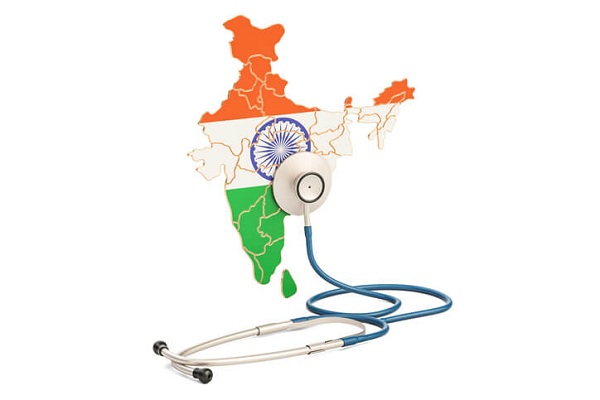The COVID-19 death toll in the US has topped 500,000, a staggering number that all but matches the number of Americans killed in World War II, Korea and Vietnam combined.
The US recorded an estimated 405,000 deaths in World War II, 58,000 in the Vietnam War and 36,000 in the Korean War.
President Joe Biden held a sunset moment of silence and a candle-lighting ceremony at the White House on Monday and ordered American flags lowered at federal buildings for the next five days.
“We have to resist becoming numb to the sorrow,” Biden said. "We have to resist viewing each life as a statistic or a blur.”
Monday's grim milestone, as recorded by Johns Hopkins University, comes as states redouble efforts to get the coronavirus vaccine into arms after last week's winter weather closed clinics, slowed vaccine deliveries and forced tens of thousands of people to miss their shots.
Despite the rollout of vaccines since mid-December, a closely watched model from the University of Washington projects more than 589,000 dead by June 1.
The US toll is by far the highest reported in the world, accounting for 20 percent of the nearly 2.5 million coronavirus deaths globally, though the true numbers are thought to be significantly greater, in part because many cases were overlooked, especially early in the outbreak.
The first known deaths from the virus in the US were in early February 2020. It took four months to reach the first 100,000 deaths. The toll hit 200,000 in September and 300,000 in December, then took just over a month to go from 300,000 to 400,000 and another month to climb from 400,000 to 500,000.
But experts warn that dangerous variants could cause the trend to reverse itself. And some experts say not enough Americans have been inoculated yet for the vaccine to be making much of a difference.
Instead, the drop-off in deaths and cases has been attributed to the passing of the holidays; the cold and bleak days of midwinter, when many people stay home; and better adherence to mask rules and social distancing.
Dr Ryan Stanton, an emergency room physician in Lexington, Kentucky, who has treated scores of COVID-19 patients, said he never thought the US deaths would be so high.
“I was one of those early ones that thought this may be something that may hit us for a couple of months ... I definitely thought we would be done with it before we got into the fall. And I definitely didn't see it heading off into 2021,” Stanton said.
Kristy Sourk, an intensive-care nurse at Hutchinson Regional Medical Centre in Hutchinson, Kansas, said she is encouraged by the declining caseload and progress in vaccinating people, but “I know we are so far from over.”
Story Credit

 US registers more casualty from Coronavirus than the three wars added
US registers more casualty from Coronavirus than the three wars added










.jpeg)













.jpeg)

.jpg)




